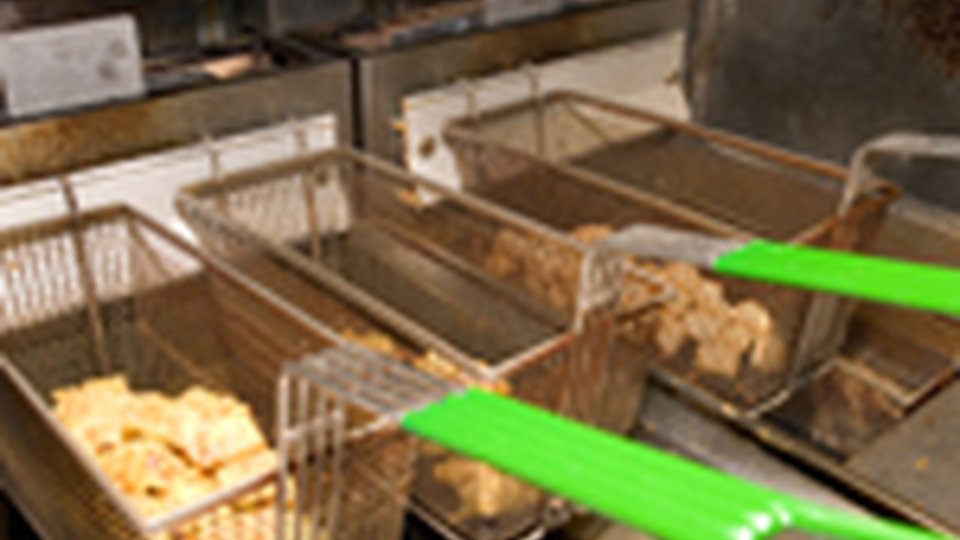Article
QSRs work to overcome oily situations
New cooking oil waste-removal techniques may lead to new revenues.

April 14, 2008 by Julie Sturgeon — independent journalist, CEOEditor, Inc.
It was more than a mess when cooking oil – the result of a fryer leak – spilled into the parking lot at a Wendy's unit in Lake Mary, Fla., in December 2007. It also was an environmental issue, as some of the oil leaked into a storm drain and nearby retention pond.
Just ask Kevin Keener, an associate professor in the department of food science at Purdue University. A study Keener conducted analyzed the blockages found in our nation's sewers. He discovered that hardened blockage materials consisted of high percentages of saturated animal fats and calcium that is 100 times more concentrated than what is naturally present in wastewater.
His hypothesis: Droplets of free oil running through sewer systems form films that build up in the pipe. The Environmental Protection Agency suggests that 50 percent to 70 percent of sewer blockage is a result either of a build up of fat, oil and grease in the system, or in combination with tree roots.
Those dam-ups result in approximately 500 million gallons of raw sewage spilling into the environment each year, and billions of dollars in clean-up costs. Keener's study revealed that 84 percent of the samples he examined consisted of the same materials, whether they hailed from Nashville, Los Angeles or Miami.
"There didn't seem to be anything unique about a blockage from one city versus another," he said.
Keener is hesitant to draw up policy and procedure guidelines for restaurants until scientists know more about the cause of the problem, but efforts to dry-wipe dishes to remove the heavy layer of fat and oil before sending them through the dishwasher wouldn't be a bad step, he said. Locating grease traps where they can be easily inspected and monitored is another commonsense response.
Good for business
Cooking oil may bear the brunt of the blockage blame, but it's not the only culprit as milk, ice cream, mayonnaise and salad dressings also contain fats. However, for executives like Jack Graves, chief culture officer at Vancouver, Wash.-based Burgerville, cooking oil is a great place to start.
Graves had to deal with the waste oils stored behind each restaurant in dumpsters where cooks deposited waste vegetable oil and drippings from beef fat off the grill.
| ||||||||||||||||||
Over the past two years, Graves discovered his waste could be converted to a clean-burning biodiesel fuel and found a company to do the job. Now, 4,400 gallons of waste oil produced by Burgerville units each month is converted to 3,300 gallons of biodiesel.
Multiply that times $4 a gallon for gas and you quickly see the value, Graves said.
"I think in the next 12 to 24 months, the biodiesel companies will be paying us for this oil, he said. "It will become that competitive."
Additionally, companies such as Indianapolis-based Dow AgroScience has been studying the benefits of Omega-9 oils in restaurant style use. Omega-9 oils are zero-trans fat canola oils Dow AgroScience developed as a trans fat alternative.
By using 24 TPM (Total Polar Materials), the international standard used in European countries, as the point at which oil should be discarded, scientists testing Omega-9 discovered that it never reached that magical 24 number even after more than 88 hours of frying over 11 days. Other oils conked out after six days or 48 hours of frying.
Best of all, consumer blind taste tests rated French fries, chicken strips and fish sticks cooked in these Omega-9 oils higher the longer the oil was used. The longer fry life means half as many oil changes per year, therefore resulting in less employee labor to change the oil, and overall less oil waste and removal.





